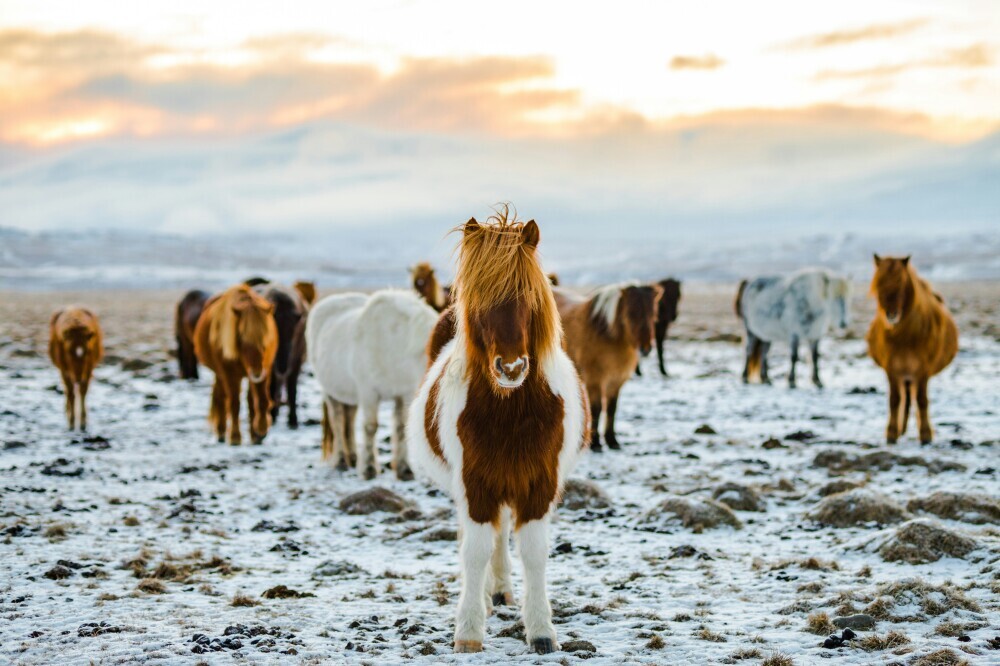
Getting ready to introduce a new horse to your existing herd takes a bit of careful planning. Horses are social animals, and they thrive on understanding their place within a group. When a new horse enters the picture, it can disrupt the existing social structure, so pre-introduction preparation is crucial to ensure a smooth transition.
Understanding the dynamics and hierarchy of your current herd is the first step. Recognize the pecking order and identify any particularly dominant or aggressive horses. This will help you anticipate potential conflicts and manage interactions effectively when introducing the new member.
Next, you’ll want to prepare the living environment. Make sure there’s ample space for the herd and the new horse to avoid crowding, which can lead to tension. Enough resources like food, water, and shelter for everyone are essential too. The more comfortable and manageable the environment, the easier the introduction will be.
Consider gradual introduction strategies. Instead of throwing the new horse directly into the herd, start by allowing it to get used to its new surroundings separately. This helps reduce stress and gives the horse time to adjust before meeting the others face to face. Use sturdy barriers initially to allow visual and olfactory introductions without physical contact.
Monitor for any signs of stress or aggression among the herd members and the newcomer. Changes in behavior like excessive neighing, pacing, or fighting are signals that you might need to adjust your approach. Stepping in early can prevent injuries and help maintain harmony within the group.
Proper planning and understanding of your herd can make all the difference when introducing a new horse. Taking the time to set up the environment and anticipate herd reactions lays the groundwork for a successful integration.
The Introduction Process: Step-by-Step Guide

Starting off, make sure your new horse has settled in after the trip to their new home. Transportation can be quite stressful, and giving them a bit of time to adjust before they meet the herd is a good start.
Once the newcomer seems comfortable, keep them separated from the main herd initially. A fence or barrier lets them see and smell each other without direct contact. This setup helps ease tension and lets everyone get acquainted slowly.
Supervised meetings are the way to go when you decide it’s time for face-to-face introductions. Keep an eye on their body language; ears pinned back, raised tails, or bared teeth indicate that things might be getting heated.
Gradually increase the amount of time the new horse spends with the herd. Don’t rush this step. Allow them to spend short periods together and carefully watch how they interact. Over time, you can lengthen their meetings as they start to acclimate to each other.
Having a neutral meeting area is important. Choose a space with enough room for them to move around and establish boundaries without feeling trapped. This could be a part of the paddock that isn’t claimed by a specific member of the herd.
This step-by-step approach not only ensures safety but helps the new horse feel accepted in its own time, reducing anxiety for everyone involved.
Post-Introduction Monitoring and Adjustments

After the new horse has been introduced, it’s important to keep a close eye on how things are progressing. Successful integration typically involves some peaceful coexistence, but there are clear signs to watch for that show if interactions are more about testing boundaries than outright conflict.
Ensure that resources like food and shelter are easily accessible to all herd members. Limited resources can lead to competition and aggression, so having an abundance can help mitigate these issues.
Set some long-term goals for socialization. Structured joint activities and exercises can help build relationships within the herd. These activities encourage bonding and provide the horses with something positive to focus on.
Constant observation is key, especially at the beginning. Adjustments might be necessary, depending on how the horses get along. It might involve reshuffling who shares space with whom or changing feeding times to prevent disputes.
If social issues persist or if there’s an increase in injuries or distress, consulting a vet or equine behaviorist can be beneficial. They can offer insights or additional strategies to encourage a peaceful and cohesive environment.

